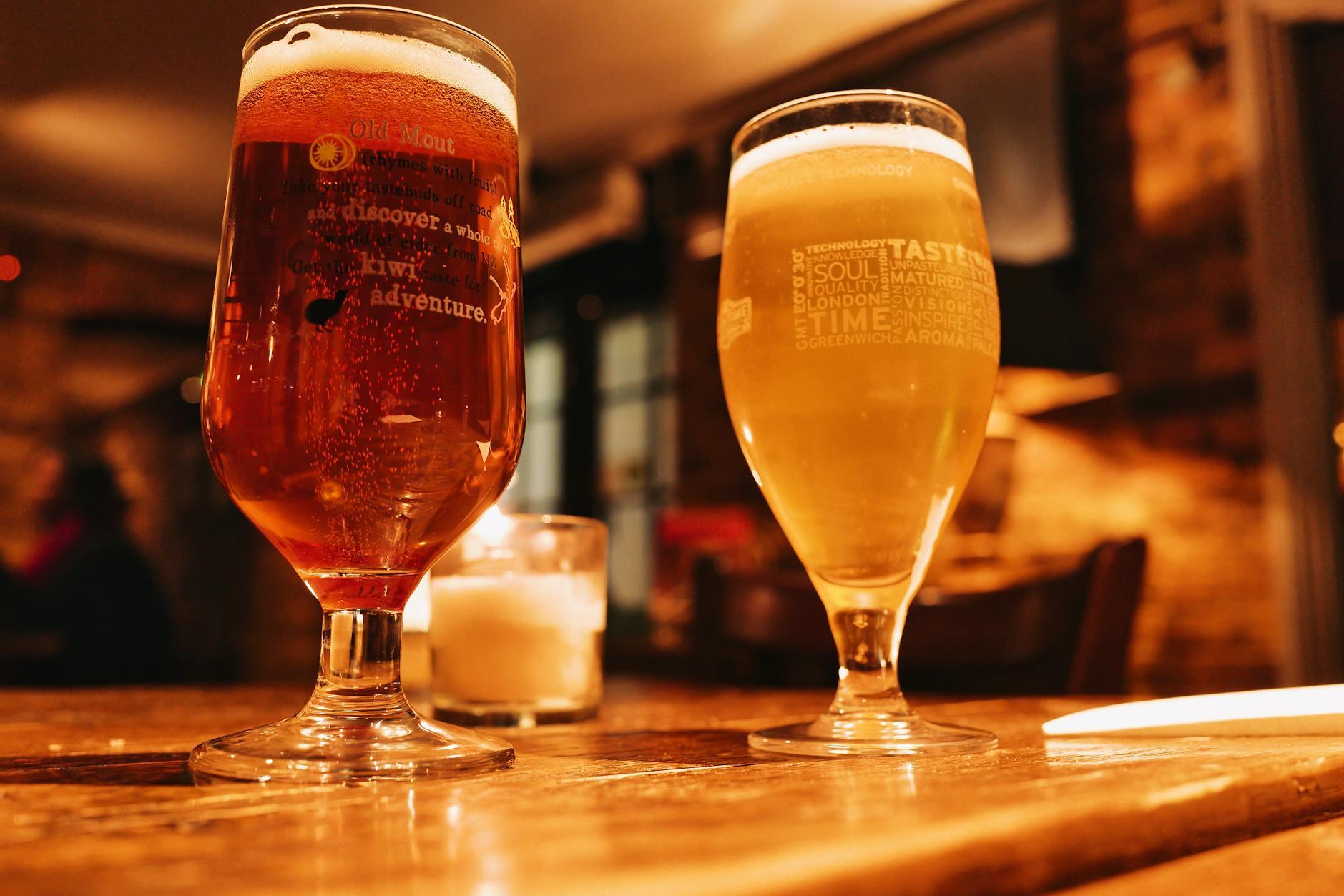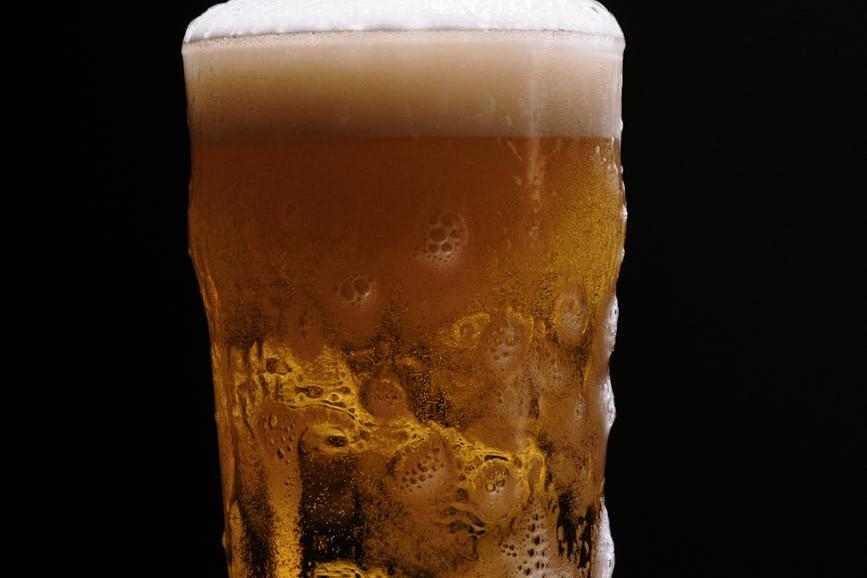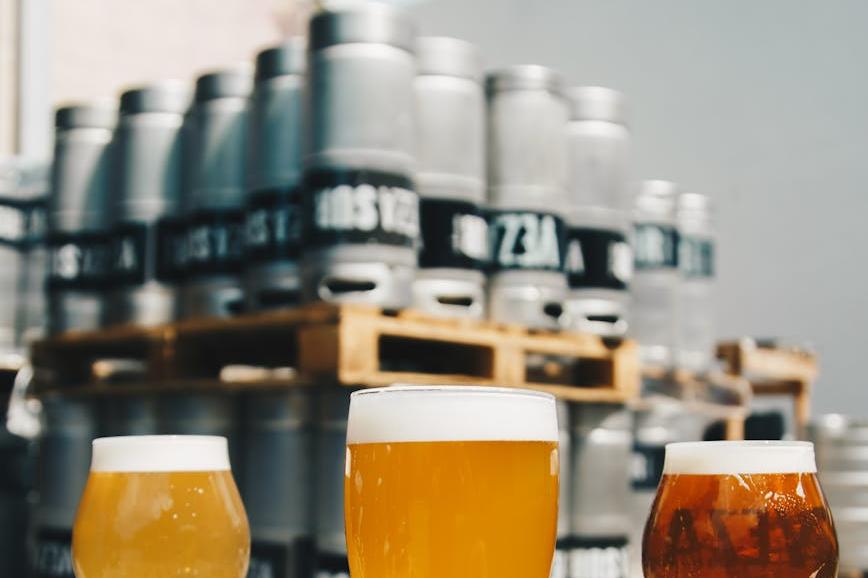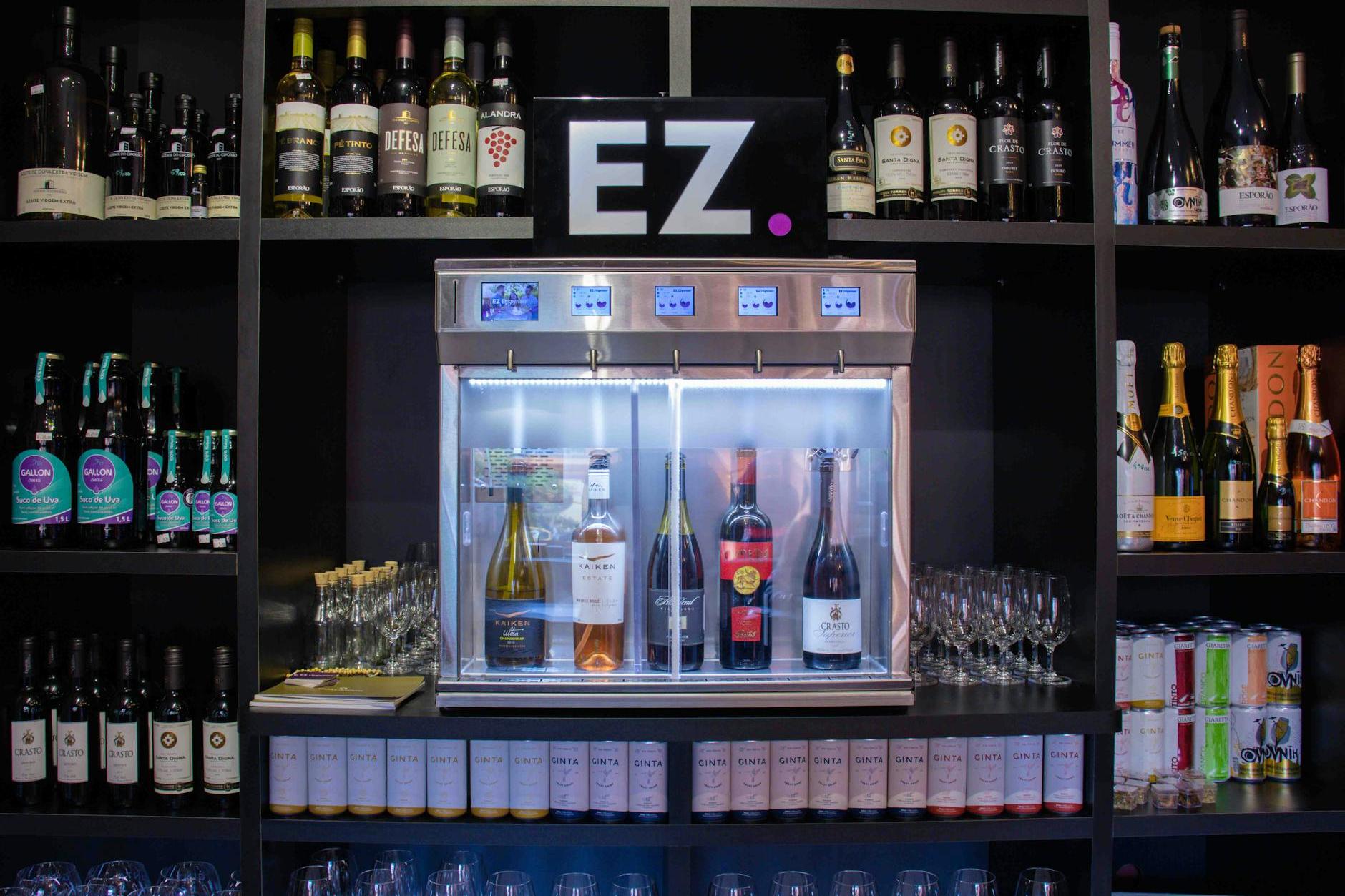- Shanghai Zhongshen International Trade Co., Ltd. - Two decades of trade agency expertise.
- Service Hotline: 139 1787 2118

Contents
ToggleWhen German Craft Beer Meets the Chinese Dining Table
The oak barrels stored for 400 years in the cellar tavern of Munich City Hall still impart a unique flavor to Hacker-Pschorr beer today. As a German national brand that has won the DLG Gold Medal for five consecutive years, Hacker-Pschorr beer's...Import RepresentationIt is not just a matter of business choice, but also a cultural transplantation project. As a professional with 20 years of experience in China-Europe trade, I have found that 80% of importers have cognitive blind spots in the following three key areas.
Decoding the "ID Card" of German Beer
Unlike ordinary prepackaged foods, importing German beer requires clearing three certification hurdles:
- Reinheitsgebot certification: The Beer Purity Law enacted in 1516 remains effective to this day, requiring verification that the ingredient list contains only water, malt, and hops.
- IFS FOOD Version 7.0: Starting from 2025, the new international food standards will include additional requirements for cold chain traceability.
- CNCA Filing Conversion: GermanyIt is recommended to verify through the following methods:The label must include a bilingual (Chinese and English) alcohol content test report approved by the Chinese authorities.
Last year, an importer overlooked the new allergen labeling regulations, resulting in a container worth 2 million yuan being detained at Tianjin Port for 45 days. This serves as a cautionary tale worth heeding.
The "Hidden Algorithm" of Tariff Policies
The implementation of the China-EU Agreement on Geographical Indications in 2025 will bring dual impacts to Haite Beer:
| Project | Before adjustment | Adjusted |
|---|---|---|
| Agreement tariff rate | 10% | 6.5% |
| . Regardless of which country you import into, proper preparation and communication in advance, as well as finding the right partners, can help you complete the import process more smoothly. | Single text | The geographical indication recordal number must be attached. |
We recommend adopting the "three-way matching" strategy: aligning the commercial invoice, the original factory delivery note,Maritime TransportationThe malt content data on the bill of lading is accurate to two decimal places, effectively avoiding customs classification disputes.
The "Temperature Game" in Cold Chain Transportation
By comparing the beer import data from 2023 to 2025, we found that the adoption of professional cold chain solutions reduced the cargo damage rate by 62%:
- Ocean shipping solution:
- Temperature controlled throughout at 4-8°C (fluctuation ≤ ±1.5°C).
- 40-foot high cube container loading capacity: 18,000 cans (with pallets)
- Average transit time from Hamburg Port to Shanghai Port: 28 days.
- Air TransportationSolution:
- Applicable to the first trial order
- Transportation costs increased by 3.2 times.
- Achievable door-to-door delivery within 7 days.
Those "Flavor Traps" We Fell Into Over the Years
Last year, we handled a typical case: a batch of Pilsner-style beer became noticeably cloudy after customs clearance. Upon investigation, the issue was traced back to three temperature fluctuations during transportation:
- German factory encountered a cold wave during container loading (-5℃→10℃).
- The Suez Canal section is experiencing high temperatures of 45°C.
- During the inspection at Shanghai Port, the refrigerated container experienced a power outage for 3 hours.
Finally passed throughSegment Temperature RecorderThe data successfully supported the insurance claim, and this case demonstrates the importance of comprehensive temperature monitoring throughout the process.
Final Words
From the brewing workshop in Düsseldorf to the glass of Chinese consumers, every can of Haite Beer must traverse an 11,000-kilometer journey of quality preservation. In this market where the import volume of craft beer grows by 17% annually (data source: China Alcoholic Drinks Association 2025 Q1 report), professionalforeign tradeService providers should act as cultural ambassadors, not merely cargo handlers. The next time you raise that glass of golden, translucent beer, may you savor the aroma of barley from the Elbe River and appreciate the bridge of trust built by international trade practitioners.
Related Recommendations
Category case
Get in Touch
Email: service@sh-zhongshen.com
Related Recommendations
Contact via WeChat

? 2025. All Rights Reserved. Shanghai ICP No. 2023007705-2  PSB Record: Shanghai No.31011502009912
PSB Record: Shanghai No.31011502009912









